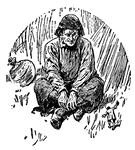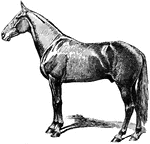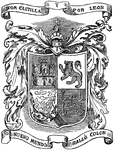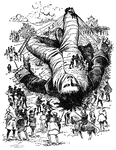
Strapped to ground
A view of Gulliver strapped to te ground with ligatures across his body. With curiosity the inhabitants…
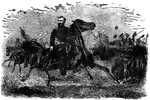
General Sheridan
"Major General Sheridan riding along the lines after the Battle of Fisher's Hills, Va., September 22nd,…
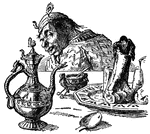
Marrow Bone
The Queens dwarf maliciously sqeezes Gulliver's legs into a hollow marrow bone durning dinner.

Passeres
An assortment of passeres, one order of birds. The legs, feet, and talons are generally smaller than…
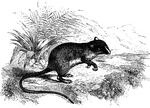
Gerbil
"They are somewhat rat-like in appearance, but are noted for the elegance of their forms, the length…
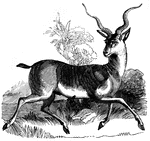
Common Antelope
"Its length is four feet; its height two and a half; the legs are long and delicate; the body round,…
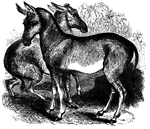
Hemiones
"In this the fur is short, smooth, and bright red bay; the legs are straw color; there is a broad, longitudinal…
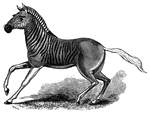
Quagga
"Its general color is brown, the head, neck, and withers striped or zebraed wth blackish-brown; the…

Dauw
"Is of a pale brown color; the underside of the body being whitish; head, body, and upper part of the…
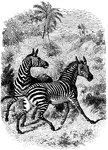
Zebras
"The ground color is white, or yellowish white, but the head, body, and legs to the hoofs are regularly…
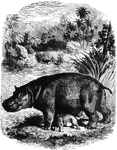
Hippopotamus
"Of this the muzzle is exceedingly thick and blunt, the head is very large, but the greater part of…
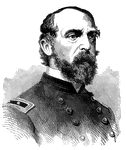
General George G. Meade
"General Meade, born in Cadiz, Spain, December 31st, 1815, died in Philadelphia, Pa., November 6th,…

Babirussa
"Has rather slender, long legs, and is of a grayish color above, with a tint of fawn below. The upper…

Potoroo Rat
"Is a mild, timid creature, of the size of a rabbit; the body is formed somewhat like that of a rat,…
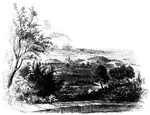
British Surrender
View of the place where the British laid down their arms. The sketch here presented, of the place where…
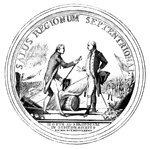
Gates Medal
Medal struck in honor of General Gates and his army. On the reverse side, Burgoyne is represented in…

Grallatores
A group of Grallatores, an order with characteristically long legs, well suited for wading in shallow…
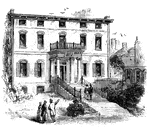
Province House
"The Province House. The Province House, the residence of the colonial governors, is still standing,…
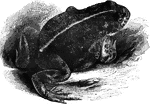
Natter-jack toad
"Resembles the common toad of Europe in appearance: there are also other foreign species, among which…

Battle of Champion Hills
"Battle of Champion Hills, May 16th, 1863- the formidable position of General Pemberton carried by Generals…

Battle of Champion Hills
"Battle of Champion Hills, May 16th, 1863- the formidable position of General Pemberton carried by Generals…

Battle of Champion Hills
"Battle of Champion Hills, May 16th, 1863- the formidable position of General Pemberton carried by Generals…
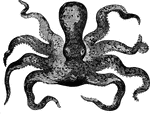
Cuttlefish
"The cuttlefishes have a strange method of walking, head-downward, on their outspread arms; they can…
Loligo brevipinna
"A small species, the body three to four inches long, beak prominent and horny; the long arms slender,…

Lee Medal Back
"Medal awarded to Lee. On the twenty second of September, Congress honored Lee with a vote of thanks,…
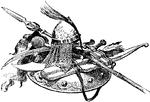
Saracen Arms
"Saracen Arms. Charlemagne now had to deal with certain non-Germanic peoples who were threatening his…
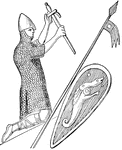
William the Conqueror
"William the Conqueror (1066-1087), as represented on his seal. Although William really ruled 'as king…
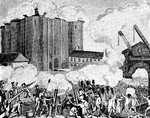
Bastile
"The taking of the Bastile, July 14, 1789. The Parisian mob, not satisfied with the formation of the…

Ailette
"A plate of iron worn over the mail to protect the shoulders of a man-at-arms, before the introduction…

Sacred Beetle
"Many of the dung beetles, among which the Sacred Beetle of the Egyptians, Scarabus Aegyptiorum,…
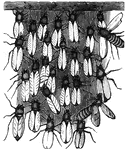
Bees Secreting Wax
"The secretion of wax, it would appear, goes on best when the bees are in a state of repose, and the…
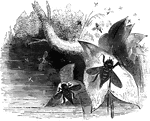
Flies
"In these the head is generally of considerable size, and is furnished with a pair of large, compressed…

Mygale
"The spiders with which we in temperate climates are most acquainted are of small size, but in hot regions…
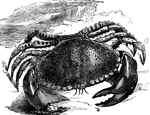
Common European crab
"These have the shell regularly rounded in front and narrowed behind; the legs are of moderate length,…
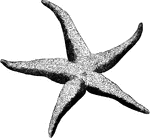
Five-fingered jack
"In this family the arms appear to be merely prolongations of the disc; they are suaully five in number,…
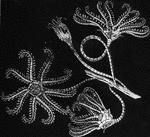
Encrindae
"Theses animals were all supported upon a long stalk, at the extremity of which they floated in the…

Giant Centipede
"A Centipede is a worm having a long slender, depressed body, protected by coriaceous plates, 21 pairs…

Armor
"Complete suit of Plate-Armor, now in Paris, date about 1440- the epoch of greatest perfection of defensive…
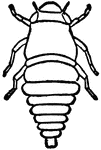
Larval Frog Hopper
"Frog Hoppers are ranked under the homopterous sub-order of insects. The name of frog hopper refers…
Frog Hopper on Leaf
"Frog Hoppers are ranked under the homopterous sub-order of insects. The name of frog hopper refers…

Adult Frog Hopper
"Frog Hoppers are ranked under the homopterous sub-order of insects. The name of frog hopper refers…

Galvanic Battery
"Galvanism is the branch of electric science to which an experiment by Galvani gave birth. His wife,…
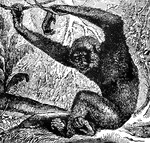
Gibbon
"Gibbon is a genus of tailless anthropoid apes, natives of the East Indies. They are nearly allied to…

Goosander
"The Goosander is a web-footed bird in the duck family. The adult male, which measures 26 inches in…

Goosander
"The Goosander is a web-footed bird in the duck family. The adult male, which measures 26 inches in…
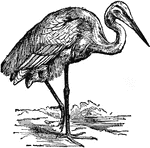
Heron
"Heron is the common name of birds of the genus Ardea. The herons are distinguished by having a long…

Turnstone
"Turnstone is a small genus of birds of the plover family, intermediate between the true plovers and…
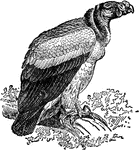
King Vulture
"A Vulture is any member of the family Vulturidæ included among the birds of prey. In all the…
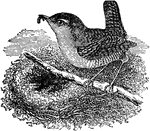
Wren
"Wren is a genus of birds, having a slender, slightly curved, and pointed bill; the wings very short…
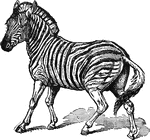
Burchell's Zebra
"Zebra is a popular name for any of the striped forms of the genus Equus; thus embracing the quagga,…

Pelagia labiche
"With four foliaceous arms, and long filaments depending from the rim of th umbrella, also found in…

Kangaroo
"The Kangaroo is an animal of Australia, first observed by a party of sailors on the coast of New South…
Bedouin Lance Heads
"The Lance is a weapon consisting of a long shaft with a sharp point, much used, particularly before…
Bedouin Lance Heads
"The Lance is a weapon consisting of a long shaft with a sharp point, much used, particularly before…

